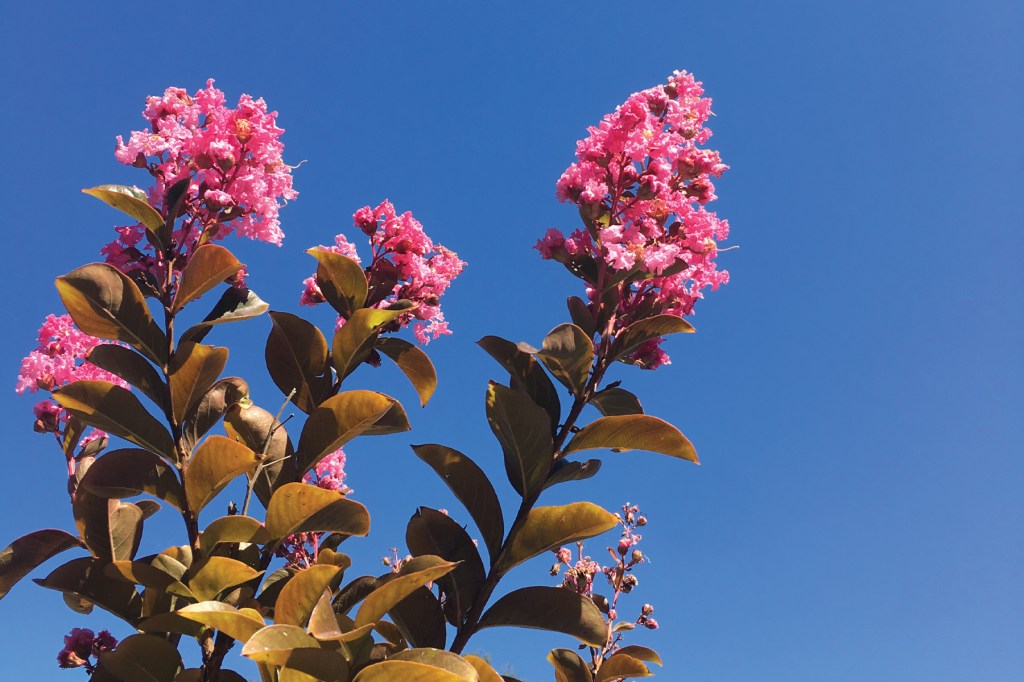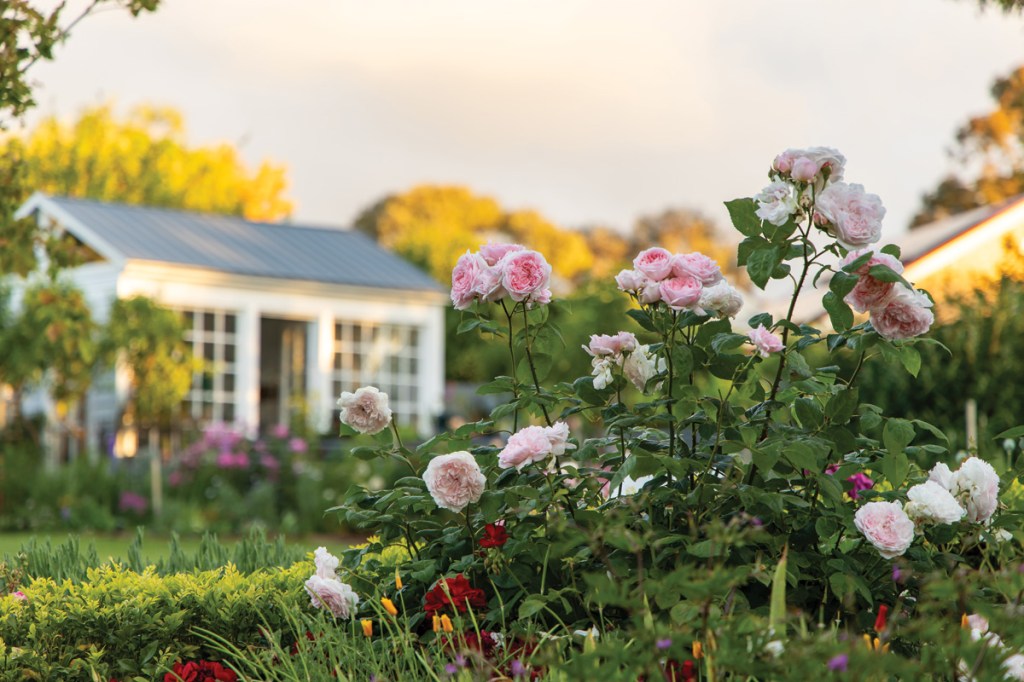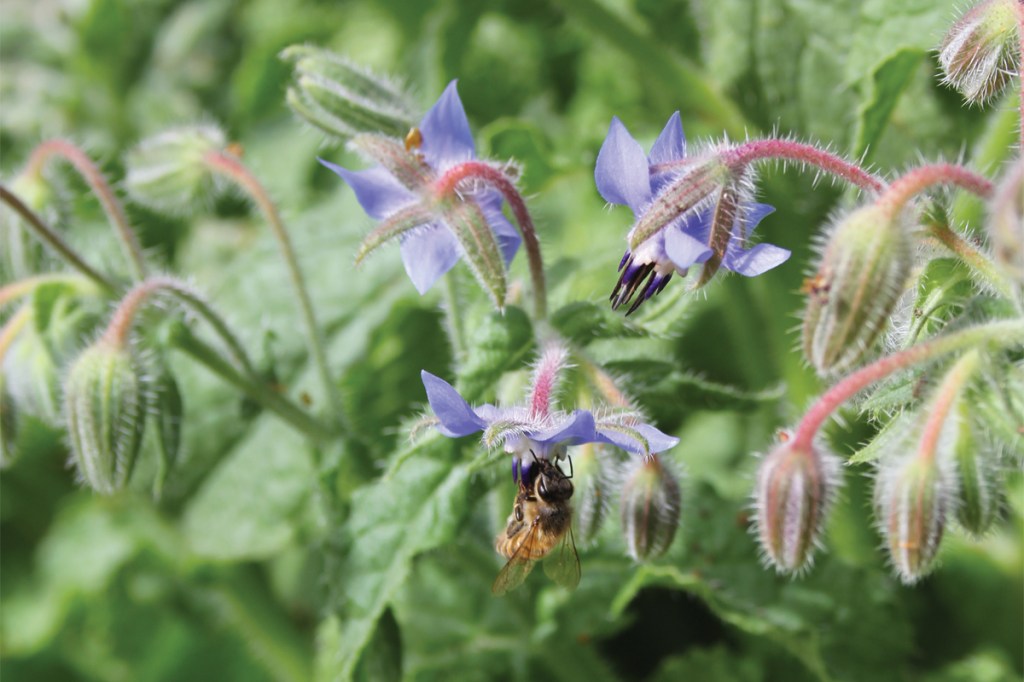A tree that ticks all boxes
Looking for a tree that is deciduous, beautiful, versatile and suited to South Australian conditions? Then look no further than the Lagerstroemia indica – the crepe myrtle.

Crepe myrtles are a wonderful small-to-medium, deciduous tree that is incredibly versatile in our beautiful state of South Australia. Native to the Philippines, Japan, central Himalayas, southern China and Korea, the genus name Lagerstroemia honours Magnus von Lagerstroem, a Swedish botanist and director of the Swedish East Indies Company.
Crepe myrtles are famous for their masses of crepe-paper-like flowers – hence their namesake and are often referred to as the “100-day flower” because normally they bloom for around three months.
Crepe myrtles have been gaining popularity in SA and across many Australian states and territories for the past few decades and these days, almost every council across the state uses them as street trees.

The Natchez variety with its coloured trunk.
I may be biased, because it’s the most popular tree we sell, but I think it’s one of the best “all-rounders” across their four distinct seasons:
SUMMER: Crepe myrtles are prolific bloomers, with masses of crinkly flowers that bloom from December and early January, through to March and April. As a bonus you can get a second flush of flowers if you prune off the spent flower heads from the first flush mid-summer.
The timing of the first flowers depends on consistent heat in summer and the soil temperatures. I have seen some flower as early as mid-November in the city and as late as February in the Adelaide Hills.
AUTUMN: If you want a pop of colour in your garden in autumn – then look no further – the crepe really gives all other maples, from Japanese to lipstick, a run for their money. Colours range from bright orange to stunning reds … and if the tree is healthy, they will hold onto autumn colour for many weeks.
The crepe myrtle leaves are generally small and fine, so come leaf fall they blow away in the wind and those left behind can be piled under the tree to break down into some lovely nutrient-rich mulch.
WINTER: Once the leaves have dropped you are left with the bare branches. As the crepe myrtle matures the trunk will shed its outer rough bark to reveal a gorgeous smooth trunk with striking patterns – coffee and cream tones, through to the rusty reds.
SPRING: They are later to wake from winter than other blossoming trees, but that can be nice as it extends the magic of spring in your garden. New growth is bronze, reddish or orange, which very quickly turns into lush green leaves in spring. No flowers in spring means it allows space for the other spring blossom/flowering plants to have their time to shine.
The most popular and disease-resistant of the crepe myrtles is the Lagerstroemia indica x L.Fauriei, often called Indian Summer. They are a hybrid of the indica and fauriei and show best resistance to powdery mildew. Crepes in this range all have green leaves in summer and range in size from three to eight metres when fully grown.

Amy prunes an Acoma.
Generally, a customer will narrow down their choice by flower colour, as well as the shape and height of the tree they desire once it is mature, at approximately 15 years. Talk to your garden centre about the best options for you.
But here are a few tips:
Subscribe for updates
SOIL: They can handle most soil although a well-draining position is best. Always assume your soil could use a bit of a boost and add in some organic compost to the existing soil when planting – this will improve the water retention, air flow and microbes in the soil.
POSITION: Sun, sun and more sun. If you have a sunny spot then the crepe myrtle will love it. They require at least eight hours of sun a day to flower well and grow optimally. If in the shade, they may not flower at all. The sun also helps keep the leaves dry and not allow powdery mildew to develop/spread.
TREE CARE: Good soil preparation (as above) when planting is essential: dig a hole twice as wide as the pot it comes in and only a little deeper – you don’t want a narrow deep hole that allows water to pool under the root ball. Crepe myrtle roots spread out generally as wide as the branches and only about 50cm-60cm deep. A seaweed-based tonic is good to use when planting to help the roots adjust.
WATERING: Crepe myrtles should be drought and heat tolerant once established (this means after a few years when they have developed a good root system to search for water themselves). Advice on watering is tricky – there isn’t a magic formula – except for “if the tree looks droopy or leaves look dry, then it needs water”. Regular, deep watering a couple of times a week when first planted and through the first summer will set the tree up well.
If in doubt water well – crepes will bounce back quickly with a good water.
FERTILISING: Fertilise in spring and summer or at least once a year for the first few years. Use a fertiliser for flowering trees and shrubs as this will include potassium, which is an essential nutrient for flowers to develop.
PRUNING: This is the question that worries most people. I say: If the tree is small enough that you can safely prune it in winter – then do so. Once it gets too big you can leave it alone up top – and just take off any wayward branches down below.

A pruned Natchez variety.
There are two reasons to prune, firstly to remove any lower branches that you don’t want sticking out over a path or into a fence. Remove inward facing branches – these are best removed to promote air flow and more sunlight on all branches.
Secondly, you prune to remove the dead flower heads to promote new growth and more flowers next summer. When dead heading the flowers it’s a good idea to take off at least 10cm-20cm under the flower – you really can’t be too severe. Wherever you prune, you can guarantee you will get two or three branches coming out of that spot next season – thus thickening the canopy and creating more new growth for flowers.
Crepe myrtles are a proven winner for South Australian gardens. By choosing the right position and giving them a little tender loving care along the way you will be rewarded with stunning seasons for years
to come.
This article first appeared in the Summer 2024 issue of SALIFE Gardens & Outdoor Living magazine.

